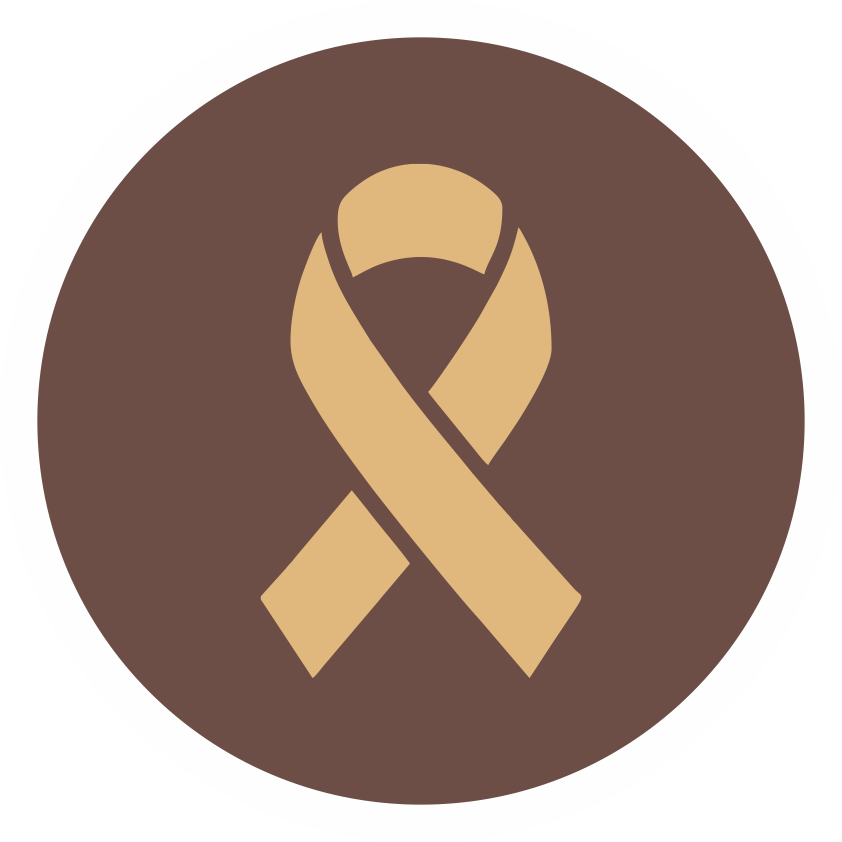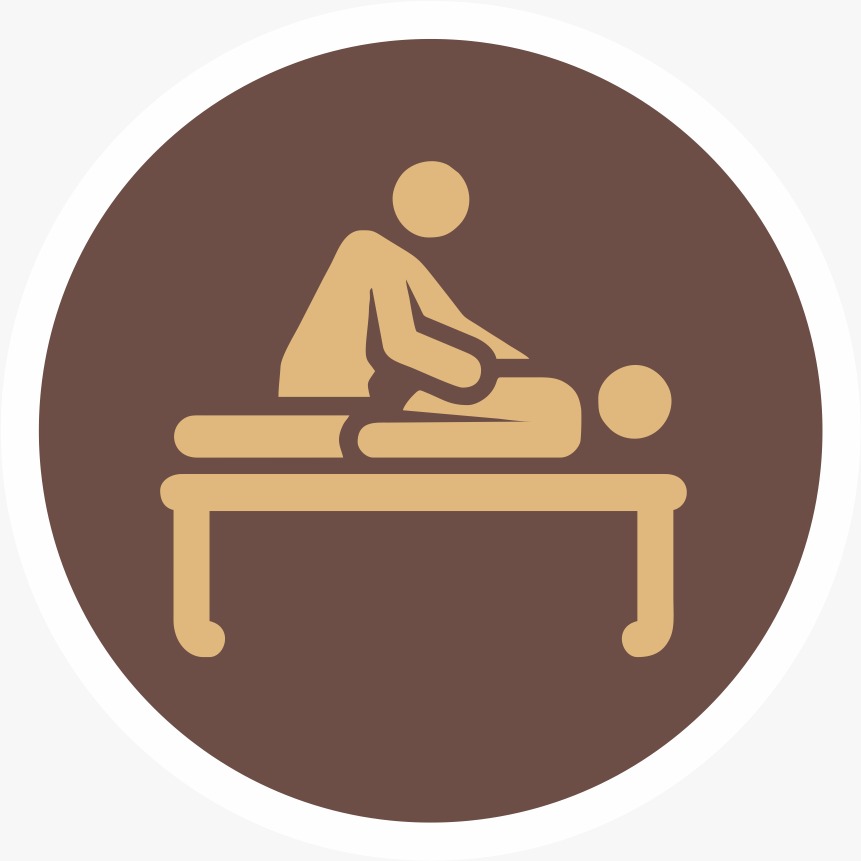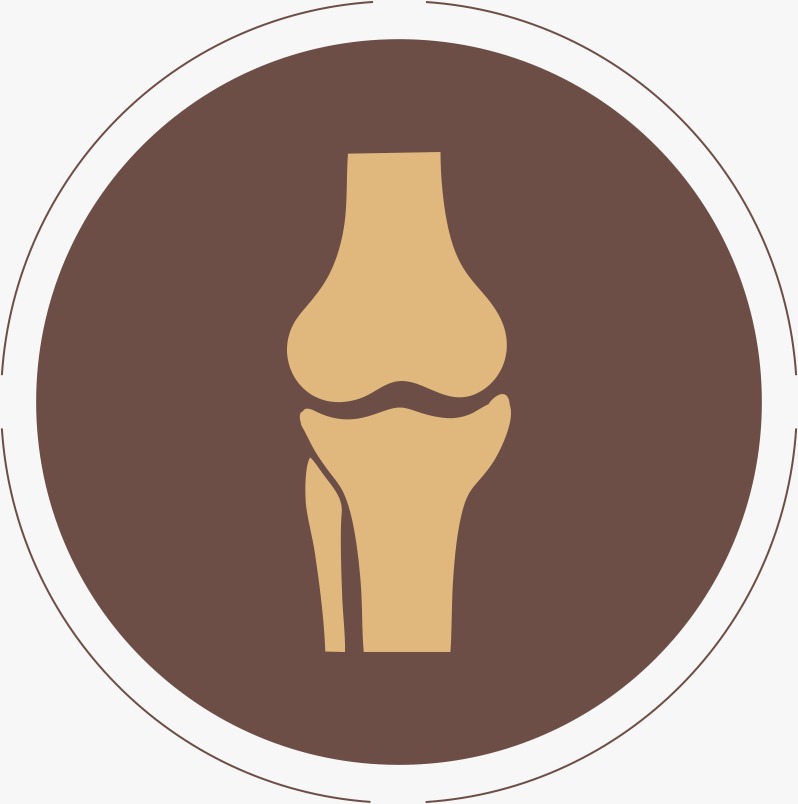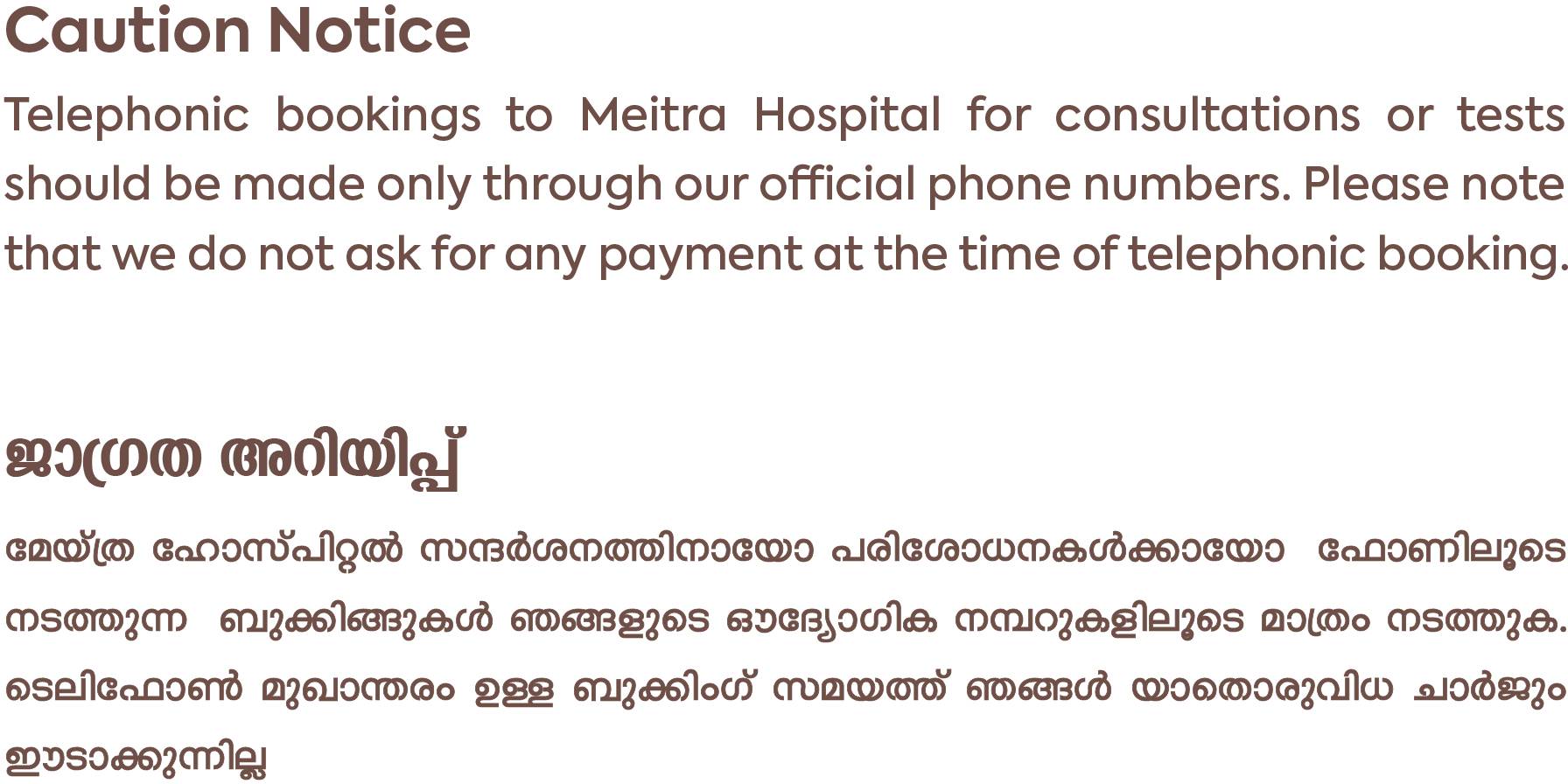- Our Doctors
- Our Specialities
Centres of Excellence
-
 Centre for Blood Diseases, BMT & Cancer Immunotherapy
Centre for Blood Diseases, BMT & Cancer Immunotherapy -
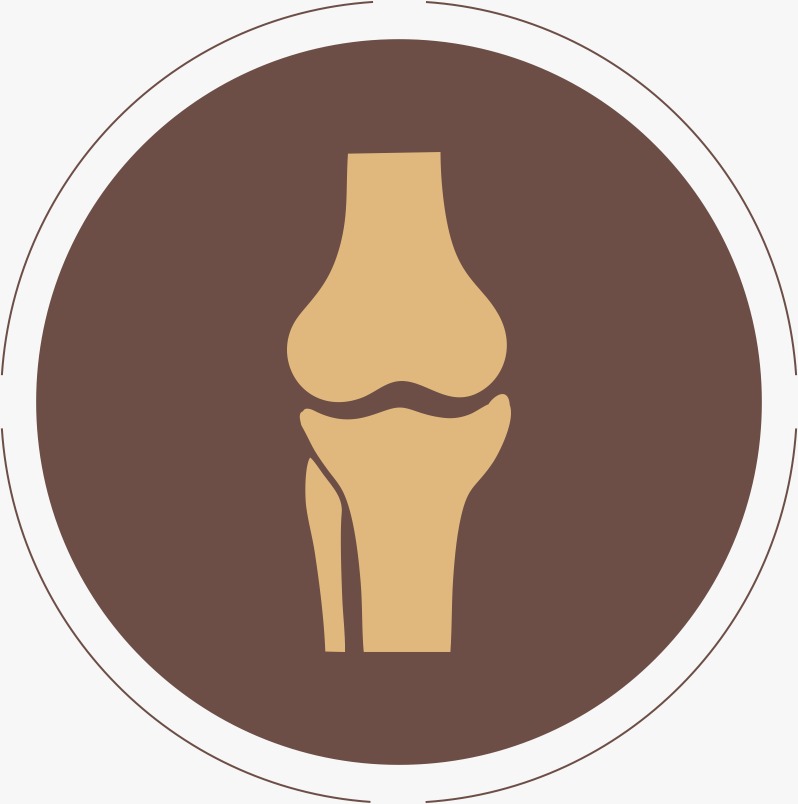 Centre for Bone, Joint & Spine
Centre for Bone, Joint & Spine -
 Centre for Critical Care Medicine and ECMO Services
Centre for Critical Care Medicine and ECMO Services -
 Centre for Gastrosciences
Centre for Gastrosciences -
 Centre for Heart & Vascular Care
Centre for Heart & Vascular Care -
 Centre for Nephro-Urosciences
Centre for Nephro-Urosciences -
 Centre for Neurosciences
Centre for Neurosciences -
 Centre for Obstetrics and Gynaecology
Centre for Obstetrics and Gynaecology -
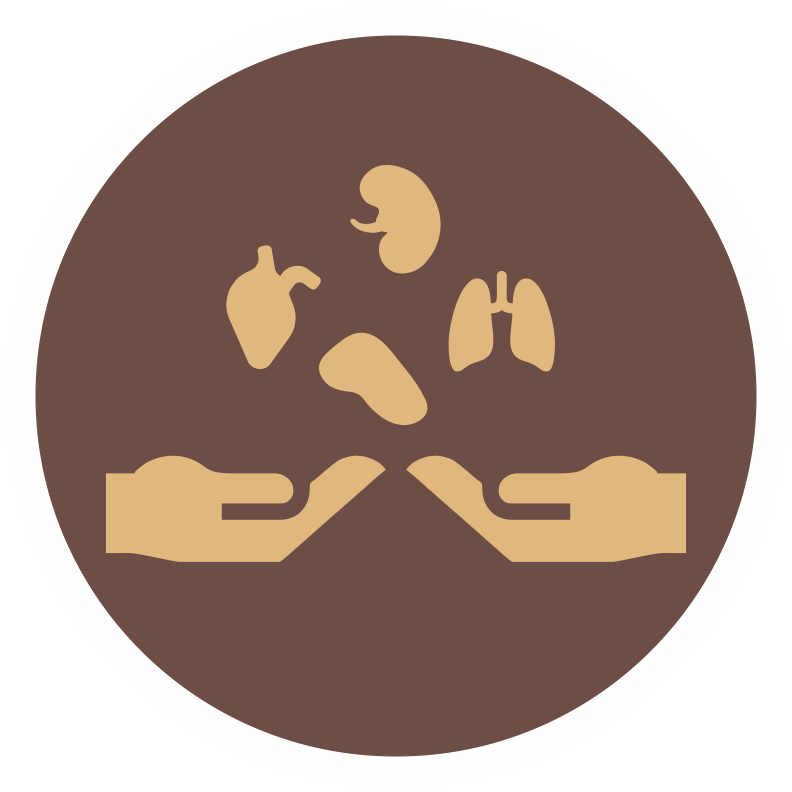 Centre for Organ Transplantation
Centre for Organ Transplantation
Super Speciality
-
 Advanced Diagnostic and Interventional Radiology
Advanced Diagnostic and Interventional Radiology -
 Anesthesiology & Pain Management
Anesthesiology & Pain Management -
 Clinical Nutrition and Dietetics
Clinical Nutrition and Dietetics -
 Dental and Maxillofacial Surgery
Dental and Maxillofacial Surgery -
 Dermatology
Dermatology -
 Emergency and Trauma
Emergency and Trauma -
 Endocrinology and Metabolic Disease
Endocrinology and Metabolic Disease -
 ENT and Head & Neck Surgery
ENT and Head & Neck Surgery -
 Family Medicine
Family Medicine -
 General and Laparoscopic Surgery
General and Laparoscopic Surgery -
 General Medicine
General Medicine -
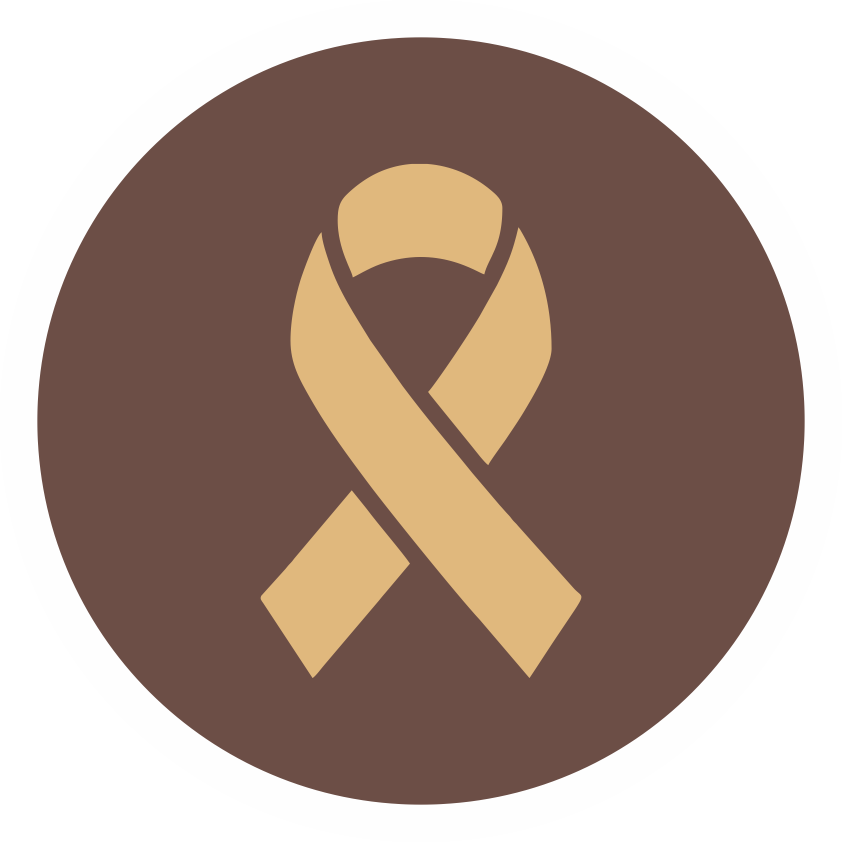 GI Onco Surgery
GI Onco Surgery -
 GI Oncology
GI Oncology -
 GI Surgery, Advanced Laparoscopy and Gastro Oncosurgery
GI Surgery, Advanced Laparoscopy and Gastro Oncosurgery
-
- Key Procedures
- Our Hospitals
- International Patient
- Contact us
-
Quick Links


Excision Surgery
Excision surgery is a precise and controlled procedure in which a dermatologist surgically removes a skin lesion or tumor along with a surrounding margin of healthy skin. This technique is commonly employed to diagnose, treat, and prevent the spread of various dermatological conditions. Excision surgery allows dermatologists to remove unwanted growths while minimizing the risk of recurrence and achieving the best cosmetic outcome
Psoriasis and Other Skin Conditions | Dr. Snigdha
Meet Our Doctors
Frequently Asked Questions:
How long does an excision surgery procedure typically take?
The duration of an excision surgery procedure can vary depending on the size and complexity of the lesion or tumor being removed. Smaller excisions may take only a few minutes, while larger or more intricate excisions may require a longer surgical time. Your dermatologist will provide you with an estimate of the expected duration during your consultation. It's important to remember that the focus of the procedure is on achieving thorough removal and optimal outcomes rather than rushing through the process.
Will I need follow-up appointments after excision surgery?
Follow-up appointments are a crucial part of the excision surgery process. These appointments allow your dermatologist to monitor your healing progress, remove any non-absorbable sutures, assess the surgical site, and address any concerns you may have. The number and frequency of follow-up visits will depend on the specific circumstances of your procedure.
Will I need stitches after excision surgery?
In most cases, stitches (sutures) are used to close the wound after excision surgery. The type of sutures used can vary, ranging from absorbable sutures that do not need to be removed to non-absorbable sutures that require removal at a later date. Your dermatologist will determine the most appropriate closure method based on the location and size of the excision, as well as other factors. They will also provide instructions on how to care for the incision site and when to have any sutures removed if necessary.

 +91 9393 108 108
+91 9393 108 108


